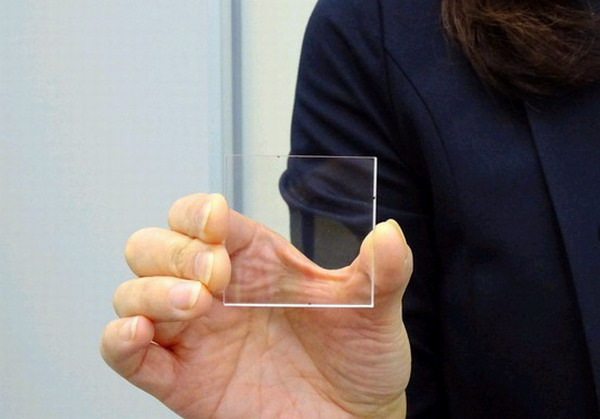Although today’s technology enables us to store a large amount of information in a small space, our technology has not improved much when it comes to data preservation, and the possibility of losing information is now increasing. The data retention time of computer hard drive is only 10 years, the data retention time of more frequently used flash disk is up to 5 years, and the data retention time of magnetic tape is 15 to 30 years. Such a shelf life does not seem to satisfy human needs.

However, Hitachi aimed at the market demand for long-term data storage, and cooperated with researchers from Kyoto University to invest in the research and development of data long-term storage technology.
A few days ago, Hitachi announced that it has developed a new quartz glass data storage technology. Hitachi introduced that the storage unit of this storage technology is composed of square quartz glass with a side length of 2 cm and a thickness of 2 mm. The data recording layer is divided into 4 layers. 40MB of data can be stored per square inch.
This quartz glass chip has high stability and elasticity, resists chemicals, is not affected by infinite radio waves, and can be directly exposed to high temperature flames. In the experiment, the quartz glass carrier is heated at a high temperature of 1000 degrees Celsius for 2 hours, and the data it saves It can still be read completely with an optical microscope, and the durability is very high.
In addition, the quartz glass carrier is waterproof, meaning it is also virtually immune to natural disasters such as fires and tsunamis. Ideally, magnetic storage media such as magnetic disks and optical storage media such as optical disks that are commonly used by people can only store data for decades to hundreds of years, and the storage life of this quartz glass carrier can reach 300 million years.
That said, someday in the future archaeologists may see problems that you can’t solve now.
At present, a quartz glass plate can save 40MB of data. Hitachi’s new technology uses the laser action point on the quartz glass to record the data in a binary format according to a four-layer structure. The density is slightly higher than that of ordinary CDs. Read by light microscope. Hitachi said it could increase the storage capacity by adding more layers to the storage unit, which Hitachi plans to increase to 750MB, and use it to record data from the human genome. In the future, people will be able to store data without a dedicated hard drive.
Hitachi said that based on current research, the technology may enter the market within three years, or before 2015. The quartz glass chip will initially have the potential to be used in data storage services for government departments, museums and religious organizations.
